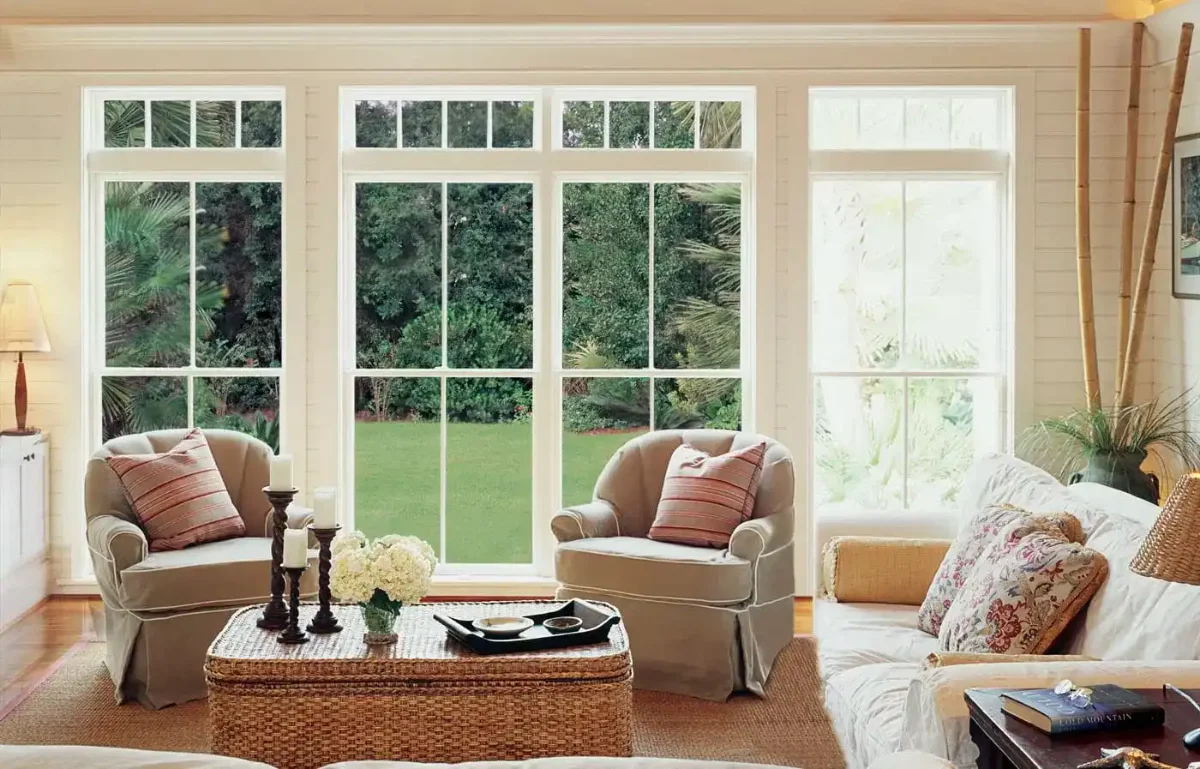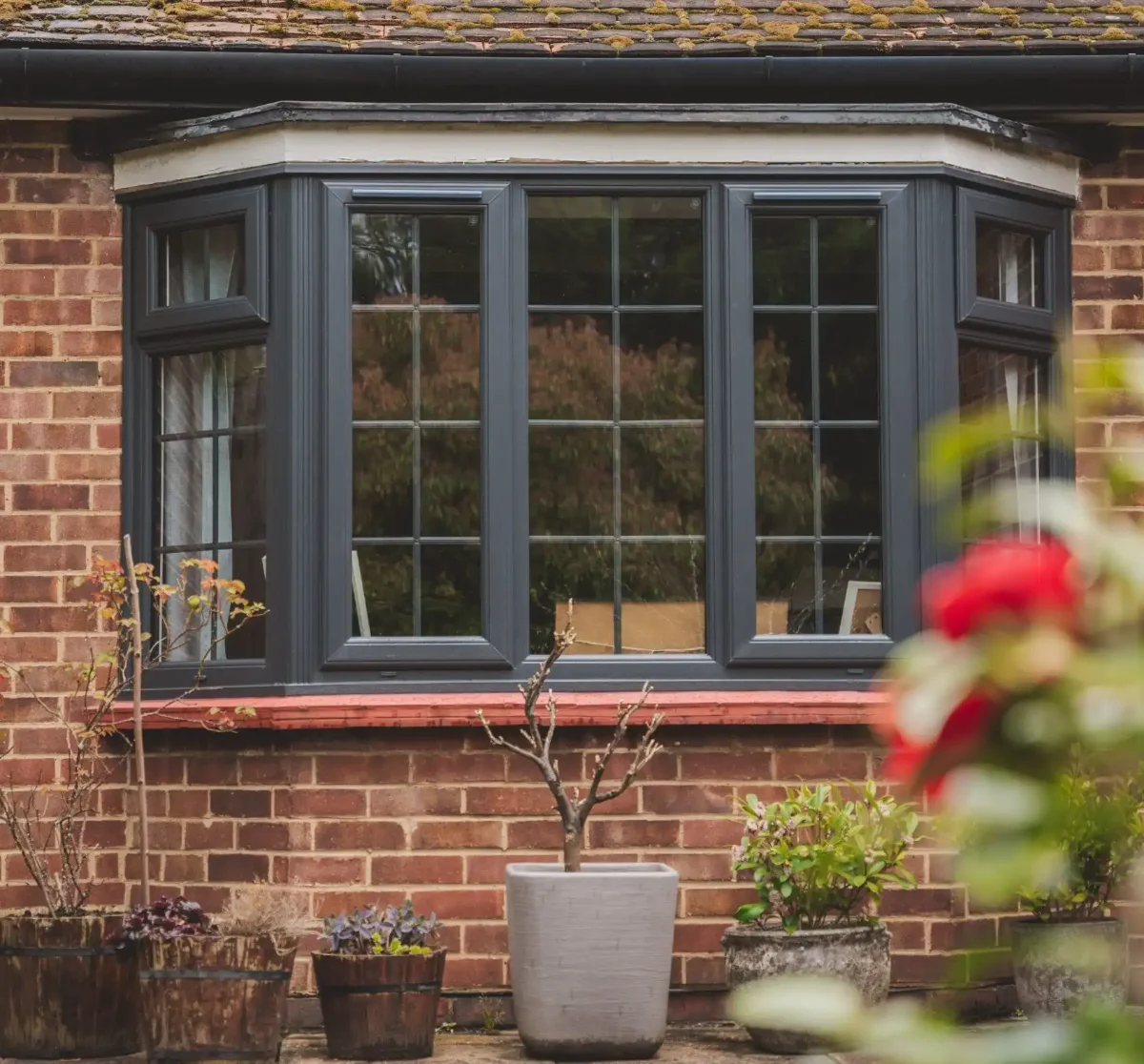The Complete Timber Window Maintenance Checklist for Bishop’s Stortford Homes
Timber windows are the crown jewel of any period property. When properly maintained, they can last centuries while providing character, charm, and excellent performance. But here’s the reality I’ve learned over 38 years: timber windows are only as good as the care you give them.
I’m Oliver Greene, and I’ve restored, repaired, and maintained thousands of timber windows across Hertfordshire. Today, I’m sharing my comprehensive maintenance checklist—the same systematic approach I use to keep timber windows in Bishop’s Stortford homes looking beautiful and functioning perfectly for generations.
Whether you own a Victorian terrace, an Edwardian semi, or a Georgian townhouse, this guide will help you protect your investment and avoid the costly mistakes I see all too often.
Concerned about your timber windows? Book a professional maintenance assessment with our Bishop’s Stortford specialists who understand the unique challenges of Hertfordshire’s climate.
Why Timber Window Maintenance is Critical in Bishop’s Stortford
Our local climate is particularly challenging for timber windows. The combination of wet winters, temperature fluctuations, and occasional summer heat puts constant stress on wood and paintwork. Add to this the age of many Bishop’s Stortford properties—many dating back 100+ years—and regular maintenance becomes absolutely essential.
The Cost of Neglect
- Minor maintenance: £50-£150 per window annually
- Major restoration: £800-£1,500 per window
- Full replacement: £1,200-£3,000+ per window
The mathematics is clear: prevention is always cheaper than cure.
Spring Maintenance Checklist (March-April)
Spring is the perfect time for a thorough inspection after winter’s punishment.
Exterior Inspection
- Check paintwork: Look for peeling, cracking, or bubbling paint, especially on the sill and bottom rail where water collects.
- Inspect putty/glazing compound: Press gently around the glass. Soft or cracked putty needs immediate attention.
- Examine timber condition: Use a penknife to gently probe suspect areas. Soft, spongy wood indicates rot.
- Check drainage: Ensure weep holes in the sill are clear and water can drain away freely.
- Assess caulking: Look at the seal between the frame and masonry. Replace if cracked or missing.
Interior Inspection
- Test operation: Open and close each window. Note any sticking, binding, or difficulty.
- Check locks and hardware: Ensure all catches, stays, and hinges operate smoothly.
- Inspect sash cords: Look for fraying or wear on traditional sash windows.
- Examine seals: Check weatherstripping and draught-proofing for wear.
Oliver’s Take: The “Tap Test”
“Here’s a professional trick I’ve used for decades: gently tap the timber with the handle of a screwdriver. Healthy timber sounds solid and clear. Rotten timber sounds dull and hollow. This simple test can identify problems before they become visible, potentially saving you thousands.”
Summer Maintenance Tasks (June-August)
Summer’s dry conditions are ideal for painting and repairs.
Painting and Finishing
- Prepare surfaces: Sand back any loose or flaking paint to bare wood.
- Prime exposed timber: Use a high-quality wood primer on any bare areas.
- Apply undercoat: Essential for a durable finish—never skip this step.
- Top coat application: Use a premium exterior wood paint, applying thin, even coats.
- Reglaze as needed: Replace any loose or missing glazing putty.
Hardware Maintenance
- Lubricate hinges: Use a light machine oil, wiping away excess.
- Adjust catches: Ensure windows close snugly without forcing.
- Replace worn weatherstripping: Upgrade to modern brush or compression seals if appropriate.
Autumn Preparation Checklist (September-November)
Preparing for winter is crucial for timber window longevity.
Weatherproofing
- Check and renew exterior caulk: Focus on areas where water might penetrate.
- Clean and clear gutters: Overflowing gutters are a major cause of timber window damage.
- Trim vegetation: Cut back any plants that touch the windows—they hold moisture against the timber.
- Apply wood preservative: If you have unpainted timber, treat with a quality preservative.
Draught-Proofing
- Install or renew draught strips: Modern brush seals can dramatically improve comfort and efficiency.
- Check window putty: Renew any areas that have shrunk or cracked over summer.
- Adjust window catches: Ensure a tight seal without over-stressing the timber.
Winter Care (December-February)
Winter maintenance focuses on monitoring and minor adjustments.
Monthly Checks
- Wipe down condensation: Don’t let moisture sit on timber surfaces.
- Check for ice damage: Look for any splitting or movement after freezing weather.
- Monitor for draughts: Note any new cold spots that might indicate seal failure.
- Keep drainage clear: Remove leaves and debris from sills and drainage channels.
The 5-Year Deep Maintenance Cycle
Some tasks don’t need annual attention but are crucial for long-term health.
Every 5 Years
- Complete paint system renewal: Strip back to bare wood and start fresh.
- Replace all glazing putty: Even if it looks okay, 5-year renewal prevents problems.
- Overhaul hardware: Service or replace catches, hinges, and stays.
- Professional draught-proofing upgrade: Install the latest sealing technology.
Every 10 Years
- Comprehensive restoration assessment: Professional evaluation of timber condition.
- Sash cord replacement: For traditional sash windows, renew all cords and chains.
- Structural repairs: Address any timber decay or joint failure.
Common Timber Window Problems in Bishop’s Stortford
Wet Rot
Symptoms: Soft, dark, crumbly timber, often with a musty smell. Cause: Prolonged moisture exposure, usually from failed paintwork or poor drainage. Solution: Cut out affected timber, treat with fungicide, splice in new wood, prime and paint.
Sash Drop
Symptoms: Upper sash won’t stay up, or lower sash won’t stay closed. Cause: Broken sash cords or failed counterweights. Solution: Professional sash cord replacement—not a DIY job for most homeowners.
Paint Failure
Symptoms: Peeling, bubbling, or chalky paint surface. Cause: Moisture ingress, poor surface preparation, or low-quality paint. Solution: Strip affected areas, prime, undercoat, and top coat with premium exterior paint.
Sticking Windows
Symptoms: Difficulty opening or closing, especially in damp weather. Cause: Paint build-up, timber swelling, or hardware misalignment. Solution: Careful planing, hardware adjustment, and proper sealing.
Essential Tools for Timber Window Maintenance
Basic Kit
- Putty knife and glazing tools
- Fine-grit sandpaper (120-240 grit)
- High-quality brushes (1”, 2”, and cutting-in brush)
- Scraper and filling knife
- Small plane for adjustments
- Penknife for timber testing
Professional Products I Recommend
- Primer: Zinsser Cover Stain or similar high-adhesion primer
- Paint: Dulux Trade Weathershield or Crown Trade Clean Extreme
- Wood filler: Ronseal High Performance Wood Filler
- Preservative: Cuprinol Wood Preserver Clear or Sadolin Classic
When to Call a Professional
Don’t attempt these tasks yourself:
- Structural timber repairs: Replacing sills, rails, or mullions
- Sash window overhauls: Complex mechanism requiring specialist knowledge
- Heritage work: Conservation area properties need specialist expertise
- Upper floor work: Safety should always come first
Frequently Asked Questions
How often should I maintain my timber windows in Bishop’s Stortford?
I recommend a thorough inspection every 6 months, with seasonal maintenance in spring and autumn. The changeable Hertfordshire weather means timber windows need regular attention to prevent issues like rot, swelling, and paint deterioration.
What’s the biggest mistake homeowners make with timber window maintenance?
Neglecting the paintwork. Paint isn’t just decorative - it’s your timber’s primary protection against moisture. Once paint starts peeling or cracking, water can penetrate and cause expensive rot damage. I’ve seen £20,000 window replacements that could have been prevented with £200 of annual maintenance.
Can I use modern treatments on heritage timber windows in Bishop’s Stortford?
Yes, but carefully. If you’re in a conservation area, you may need to use traditional linseed oil paints and treatments. Modern microporous paints can be excellent for timber windows as they allow the wood to breathe while providing superior weather protection.
When should I call a professional for timber window maintenance?
Call a professional if you discover soft or spongy wood (indicating rot), if sash cords have snapped, if windows won’t close properly, or if you’re uncomfortable working at height. These issues can worsen quickly and are best handled by experienced timber window specialists.
Your Timber Windows Deserve Expert Care
Timber window maintenance isn’t just about preserving your property’s value—it’s about maintaining a piece of craftsmanship that connects your home to its history. With the right care, your timber windows will continue to provide beauty, character, and excellent performance for decades to come.
After 38 years of working with timber windows, I can tell you that the homeowners who follow a systematic maintenance routine never face the heartbreak of having to replace original features due to neglect.
Ready to give your timber windows the care they deserve? Contact our Bishop’s Stortford timber window specialists for a comprehensive maintenance plan tailored to your property’s specific needs.

![Timber Window Maintenance Checklist [Bishop's Stortford 2025]](/images/windowsbishopsstortford-blogimages/timber_compressed-geotagged.webp)

![Common Window Installation Mistakes & How We Avoid Them [Bishop's Stortford]](/images/windowsbishopsstortford-blogimages/dommoore_2018_mccarter_april_300dpi-3821-scaled_compressed-geotagged.webp)

